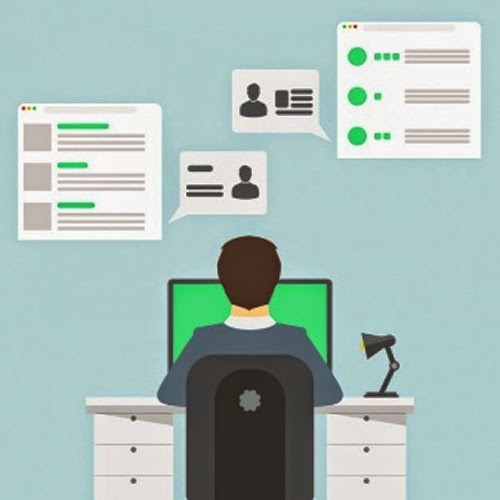Nowadays, it is not secret the workplace is changing at a faster rate than it ever has done!. How we work, how we carry out the task, collaborate, and communicate with each other is increasingly shaped by technology and tools to increase productivity.
But the question that I would like to ask here, what happens when we dunked with replying or sending e-mails and move away from the actual work?
In last year - November 24 in Calgary, I have attended a conference " The Better Workplace" and there are many leaders from all over the country to discuss the future of work, and create a better workplace through great work. Here's how to cut the inefficiencies in your office.
"The crux of inefficiencies of work come down to lack of clarity," says Justin Rosenstein, co-founder of San Francisco-based collaborative software company Asana. When 70 to 80 percent of your day is spent doing work about work (multiple meetings, endless e-mails) instead of doing actual work, that's a problem, he says.
Sandra Koppert - Business Development and Marketing Officer and John Brewer- Executive Program Developer, created a good solution that increases productivity and maintaining positive mental health.
I have met many people there and talked with the Ian R. Cullwick, Vice-President, Leadership and Human Resources Research to get knowledge about the strategy should be used to enhance personal engagement and positivity at work. I’m a technology guy. So when I face an issue or a problem the project I do, I look to see if there’s a solution that can help me be more efficient, whether that’s an application, software, web services or a whole productivity suite. But in work environment or workplace you need to use different tools to help you to become more efficient as well. Through that I have reached conclusion say; there are three key principles can help businesses become more efficient.
They are: What is the purpose, what is the plan, and what is responsibility
1. What is Purpose?
When employees know the larger context, they can make better decisions and better prioritize, as they said in conference. "If you know the purpose means you will know the information you need to do your best work,”
2. What is Plan?
If your team or the team that you work with isn't clear on the plan, there's lots of confusion and misunderstanding about what will happen next. When I studied strategic management module @ University of Cumbria (MBA), I learned when you start any project, you should ask: What are all the steps needed to reach our goal? Team members can add steps to a single, shared list, the list is always up-to-date, and everyone has access to it. I would say it is like workflow, everyone knows when each step will happen and what's next.
3. What is Responsibility?
On a big project, it's bound to happen: one person thinks someone else was doing a task and nobody ends up doing it, or more than one person does it and you wind up with a duplication of efforts. With a productivity tool, this won't happen. Everyone on the team goes through the list and signs up for a task – either because it's their passion or they're taking one for the team.








